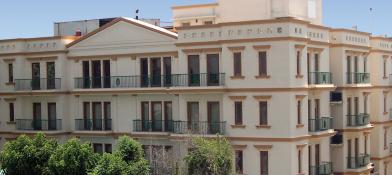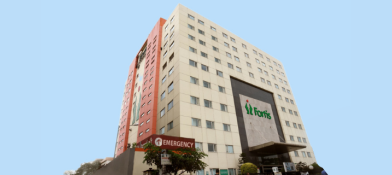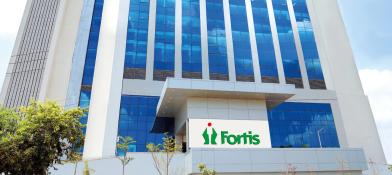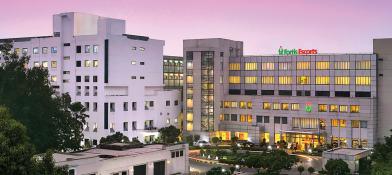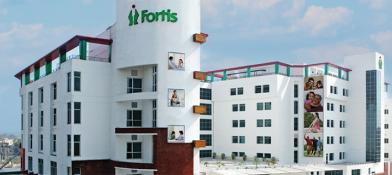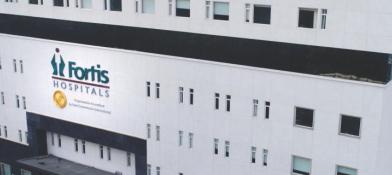Laparoscopic Adjustable Gastric Banded Plication (LAGBP)
Overview:
Laparoscopic adjustable gastric banding (LAGB) is a new, restrictive weight-loss or Bariatric surgery type. Bariatric surgery is of two kinds. One is the restrictive type, including the LAGB and sleeve gastrectomy. The other is the restrictive and malabsorptive type, which includes Roux-en-Y gastric bypass. LAGB is done as a laparoscopic surgery to limit the total amount of food an individual’s stomach can hold and also delay gastric emptying.
LAGBP is a newer technique of restrictive, potentially reversible bariatric procedure. It includes gastric banding and gastric plication (reduces stomach size). It is a safe and very effective weight loss procedure recently developed. It is a dual restriction procedure that combines plication with banding. It does not involve the method of cutting the stomach. Rapid weight loss, as well as long-term maintenance of weight loss, are noted.
Indications:
LAGBP is a bariatric surgery indicated when an individual is suffering from health conditions like obesity. Obesity is a global pandemic and severely affects the quality of life of suffering individuals. Body mass index (BMI) serves as an indicator of obesity. Individuals with BMI ≥ 40 are suitable for LAGBP. Also, individuals with a BMI ≥ 35 and suffering from any comorbidities like cardiovascular diseases, diabetes, and hypertension are suitable for surgery.
Among Asians, BMI ≥ 37 or BMI ≥ 32 and suffering from comorbidities are indicative of LAGBP.
Contraindications:
Any individual who is suffering from super obesity with a BMI >50 kg/m2 is not suitable for this type of bariatric procedure. They can undergo some other methods like the laparoscopic Roux-en-Y gastric bypass (LRYGB) procedures. Other conditions like having a large hiatus hernia (part of the stomach moving into the chest) or severe gastro-oesophageal reflux diseases are some of the contraindications for LAGBP procedures.
Individuals having allergies to silicone materials are also not indicated for this procedure. LAGBP involves regular follow-ups to monitor weight loss and band adjustments. Any individual who cannot visit the physician regularly is unsuitable for this procedure.
Before the procedure:
Before undergoing an LAGBP, an individual should get a surgical profile done, which includes blood tests, urine tests, and an electrocardiogram (ECG), along with a physical exam as well as imaging tests of the abdomen. This helps healthcare professionals (HCPs) to understand the functioning of other organs, gives information about the current general health status, and helps them to identify any factors that may interfere with healing, like diabetes or any infections. An electrocardiogram may be needed to assess the electrical activity of the heart, along with that a chest x-ray may be necessary to check the functioning of the lungs.
Sometimes, one must undergo a bariatric surgery educational program, nutritional counseling, and a psychological evaluation before surgery. Certain medications like blood thinners and over-the-counter medications must be stopped. Meanwhile, surgeons might prescribe other drugs that can prepare one for surgery. Smoking and alcohol consumption should be stopped. LAGBP is done on an empty stomach. Hence, one should stop eating or drinking 8-12 hours before the procedure.
During the LAGBP procedure:
The patient will be placed on a unique operating table that can tilt the patient’s back at a 45-degree angle. A patient will lie flat with arms spread to the sides. The surgeon makes minor cuts or ports in the abdomen. Through these ports, the abdomen is filled with a gas to create space for work. Later, any critical organs like the liver are moved aside to keep them away from the site. The stomach is prepared by carefully removing the fatty cover on its surface. Necessary measurements are marked by calculating the amount of stomach to be folded inward.
Beginning from the upper part, the stomach is folded (plicated) inwards and secured with non-absorbable solid sutures along the outer curve. An adjustable band is placed through a small cut to limit the amount of food intake by creating a small upper pouch. After checking the band position and placement, the cuts are closed, and suturing is done.
After the LAGBP procedure:
After the surgery, patients are made to drink small sips of water and monitored continuously until their vitals are stabilized. Medications are given for 1 or 2 days to reduce stomach acid, prevent nausea, and reduce inflammation. They are discharged once individuals can drink enough water without vomiting.
The individuals are kept on a liquid diet for a week, pureed foods for the second week, semi-solid foods for the third week, and solid foods from week four onwards. Individuals have to get a checkup done after a week of surgery, then at regular intervals of 1, 3, 6, 9, and 12 months. This is followed by a complete evaluation with upper GI endoscopy to monitor their health annually.
The success of LAGBP:
LAGBP is considered successful if one feels full after eating less quantity of food, losing enough weight, and eating less. If this does not happen, the gastric band must be adjusted every three months after surgery.
Risks and contraindications:
Potential complications of surgery include nausea/vomiting, bleeding, infections, and blood clots. Other complications, such as acute gastric obstruction due to the release of sutures, herniation of the plicated part of the stomach, infection of the band, and missing band adjustment schedule, are some of the risks and complications. The other major complication is due to the perforation into the peritoneum, leading to pain, increased heart rate, and white blood cell count.
Conclusion:
Laparoscopic Adjustable Gastric Banded Plication (LAGBP) is a significant advancement in bariatric surgery. It combines gastric banding and plication, facilitating sustainable weight loss without stomach cutting. This procedure is perfect for individuals with severe obesity, improving their quality of life through a potentially reversible and minimally invasive approach. However, it requires a commitment to lifelong post-operative care and regular medical follow-ups to manage and maintain weight loss effectively.



